What Is A P60: An Overview
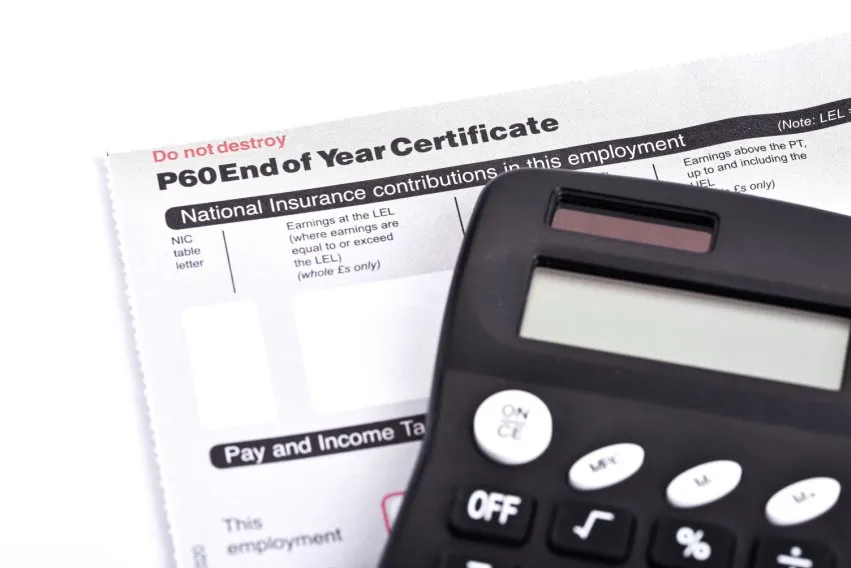
Not everyone knows what a P60 form is, but it’s a crucial document to obtain from any employer. Another way to understand what a P60 is can be to see it as a receipt for how much tax Her Majesty’s Revenue and Customs (HMRC) asks from you. The document is simple, but some parts need to be clarified for workers.
Table of Contents
What Should I Check on My P60?
How to Claim a P60 Tax Refund?
What Is a P60?
A P60 form is also called the End of Year Certificate and contains all the tax and national insurance contributions an employee paid the last tax year. Below is the information contained on every P60 form:
- The employee’s name
- The employee’s national insurance number
- Other personal details
- Gross pay
- The total tax paid
- Current employer’s national insurance contributions
- Statutory payments
- Student loan deductions
A P60 form can come in 2 forms, paper and electronic. Your employer is responsible for issuing them to you and your colleagues.
P60 forms are highly confidential, and you should never freely share the information on them. Please don’t peep at the details if you see P60 forms on a table. Cover it until someone comes back for the document.
Of course, the risks of P60 forms getting leaked are lowered if you have an electronic copy. Never share the login details to this copy as well.
Anyone with a PAYE job or a pension must receive a P60 form. PAYE stands for Pay As You Earn and is what HMRC uses to tax such employees. Your employer will send PAYE tax to the office each week or month, and the tax code determines how much tax you pay this way.
Therefore, the income tax is deducted from your total pay before you receive it. In addition, your employer will give you a tax code each year to use. If there are changes, you get a new one.

How Do I Get a P60 and When?
All employers in the U.K. are legally obligated to send a P60 form to all employees by 31 May of each calendar year. If they haven’t sent you one in paper or electronic form, HMRC will levy fines on them starting from £300. Every day that passes after 31 May will result in an additional £60 fine.
Therefore, all workers should check if they have received their P60 form or not. Your employer should let you know about the P60 type they will issue.
However, if an employer hasn’t issued one for some reason, you can still obtain your information from HMRC. There are 2 ways to do so. The best way is to head to the HMRC website and log in to your tax account. All the P60 information is available there.
Alternatively, anyone can call HMRC directly. The phone lines are open all weekdays from 8 AM to 6 PM. However, they’re inactive on weekends and bank holidays.
The HMRC helplines use speech recognition programmes to determine the reason for your call. Therefore, speak in precise phrases to inform agents what you’re calling about.
What Should I Check on My P60?
As you receive your P60 form from an employer, you should check these and other sections for mistakes. Don’t worry, finding errors isn’t the end of the world.
- Your name
- Payroll number
- Tax paid
- Your final tax code
- Total pay
- Maternity pay
- Student loan deductions
- Everything
If there is anything wrong with your P60 form, you should check with your company’s payroll department. Remember that even if you weren’t the one entering details incorrectly, HMRC will still fine you despite agreeing you didn’t muck up.
For example, some employers take too little tax, and you should get a replacement P60 immediately. Doing so usually covers the issue unless you already had the taxes taken out via PAYE. In this case, you need to talk to a tax inspector and clear up any mistakes.
Why Is P60 Important?
The P60 form isn’t only useful for checking your tax situation. You need a P60 to apply for credit or a mortgage. These applications usually ask you to provide proof of your earnings.
When applying for a bank loan, you must get a P60 to let the bank know how much income you earn.
Completing a self-assessment tax return is sometimes necessary. Self-employed people or sole traders need to do so, but if these situations apply to you, you must file one:
- You receive PAYE income and have work expenses exceeding £2,500.
- You are a landlord earning rental income.
- Your total earnings exceed £100,000.
- Your earnings are more than £50,000 while receiving child support.
- Your investment income is higher than £10,000.
You’ll need a P60 to file a self-assessment tax return. You can file it by post, though you should do so before 31 October every year. Others prefer filing online but be warned that it takes up to a week to get an account password and complete the registration process.
Remember to get a P60 and other required information so you’re ready to complete the form.
How to Claim a P60 Tax Refund?
A P60 can sometimes show you paid too much tax during a given tax year. The extra tax you’ve paid can be recovered by claiming a tax refund. HMRC sometimes sends you a P800 form which lets you receive the overpaid income tax online or by physical cheque. Otherwise, you can call HMRC or reach out to someone online.
Every year, hundreds of thousands of U.K. taxpayers overpay taxes, and 2 main reasons are not claiming tax relief on expenses or using an incorrect tax code. Non-residents may also be eligible for a PAYE tax rebate.
No matter the method you use to claim a tax refund, HMRC will ask for the following information, and you must provide proof:
- How much tax you paid
- What your total earnings are
- How much overpaid income tax do you think there is
The tax inspector will also ask for the following personal information:
- National insurance code
- Employee reference number
- A P45 if you have one
All taxpayers have 4 years from the end of the tax year they overpaid their taxes to claim a tax refund from HMRC. For example, if your total tax in the 2022/2023 tax year is too much, you have until 5 April 2026 to prove it. If successful, you’ll receive a tax rebate.
You can’t claim the tax rebate too early, either. HMRC asks taxpayers to wait until that tax year ends. Only then will the inspectors accept submissions.
Is P60 Different From P45?
Yes, the P60 form and P45 form aren’t the same. In short, the former is given to employees working for a whole financial year under an employer. However, the P45 is only sent to PAYE employees who have left a job.
As mentioned earlier, your employer will give you a P60 by 31 May of every year. However, you only get a P45 as you leave their employment. It must be given regardless of the reason for the end of employment, whether you quit or are fired. If an employer doesn’t hand a P45 to you, you must inform the authorities.
The P45 form’s full name is Details Of Employee Leaving Work. It contains 4 sections. Part 1A can be retained for personal records, while parts 2 and 3 are handed over to your new job or Jobcentre Plus if you are temporarily unemployed.
On the contrary, a P60 only has one central part and isn’t divided like the p45. It’s crucial to remember that these forms may look different from other P45s or P60s because everyone prints slightly different versions.
You likely will only get both of these documents together if the timing is right. When terminating employment, you may have received a P60 previously, but your employer will still hand you a P45 as you go.

Key Takeaways
Now that you know what a P60 is, you should ask for it if your employer has yet to issue one near the deadline. The P60 is given to all PAYE workers by their employers. This document is crucial for financial decisions and more, as taxpayers also need it for filing returns. In a nutshell, you need this to file tax returns, apply for mortgages and loans, and to keep tax records.
FAQs on P60
Who issues A P60?
Your employer will issue you a P60 every tax year. If you’re a self-employed worker, you may need to contact HMRC directly and request one.
Do employers have to keep copies of P60?
Yes, all employers must keep copies of all issued P60s for 3 years. While they don’t have to send them to HMRC, it’s a legal obligation to have them on hand if the tax inspectors ask for them.
How long is a P45 valid for?
A P45 is only valid during the financial year it was given to you, but you should keep it for at least 22 months after that year ends. However, some prefer keeping it longer as HMRC may investigate 20-year-old cases.
RELATED ARTICLES

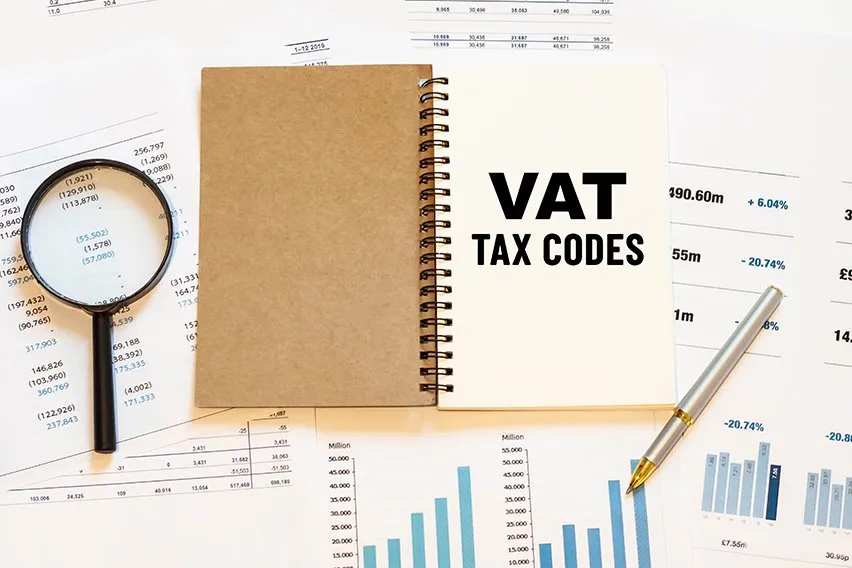 VAT Codes: A Complete Guide
VAT Codes: A Complete Guide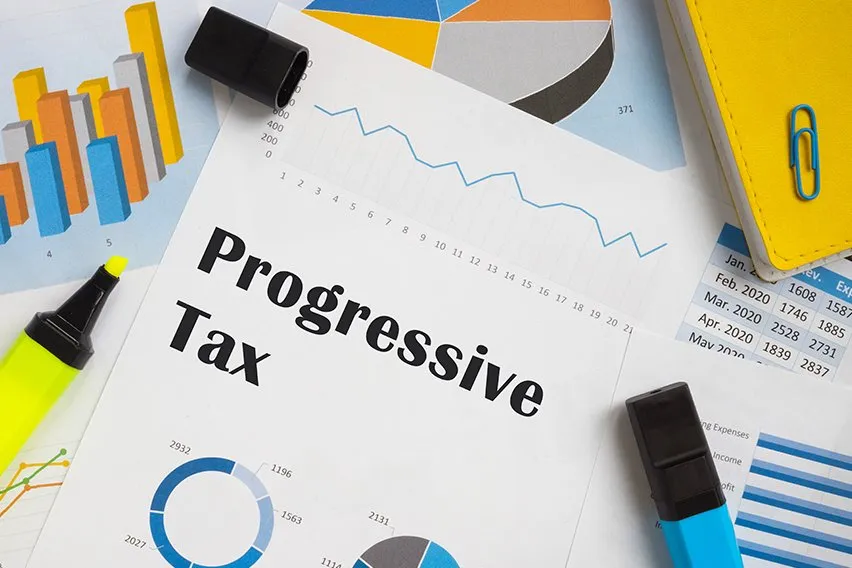 Progressive Tax: Definition, Examples & How It Works
Progressive Tax: Definition, Examples & How It Works How to Reduce Corporation Tax: 8 Ways
How to Reduce Corporation Tax: 8 Ways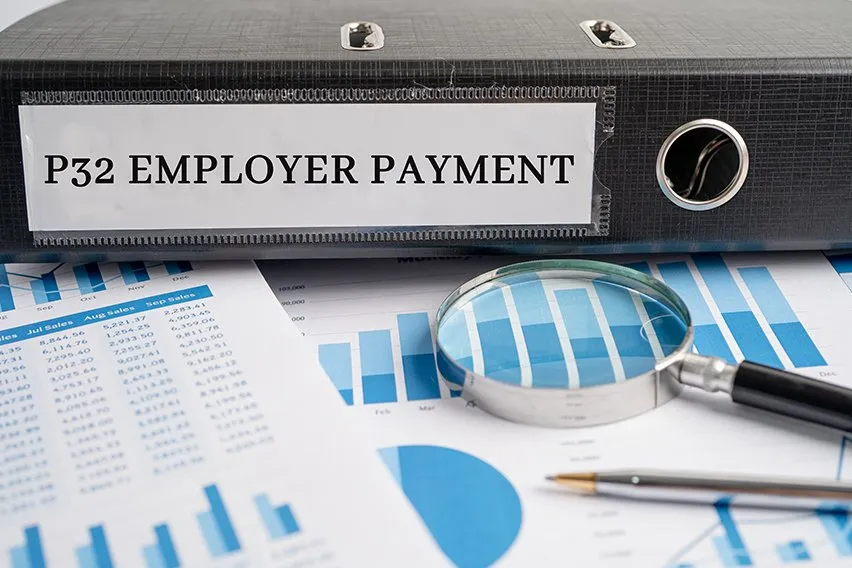 What Is a P32 Employer Payment Record?
What Is a P32 Employer Payment Record? What Is Input Tax (Input VAT)? A Tax Guidance
What Is Input Tax (Input VAT)? A Tax Guidance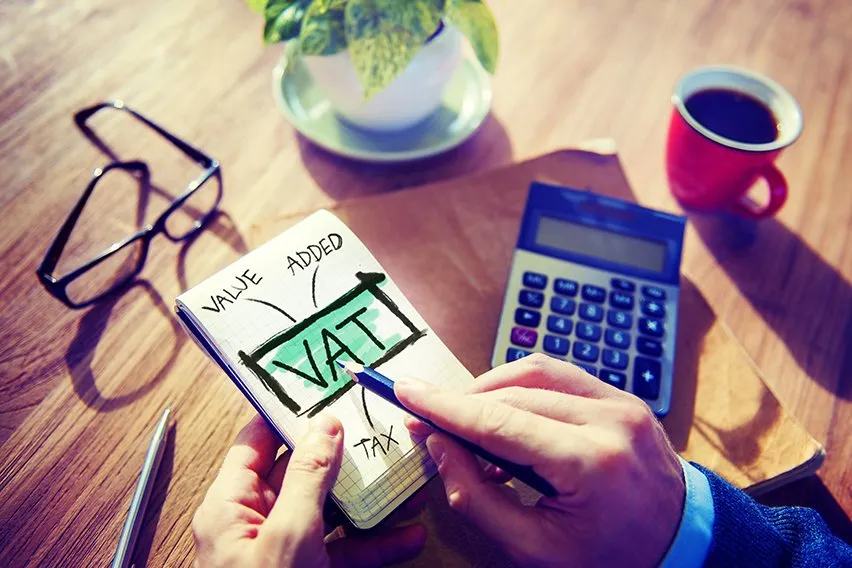 Claiming VAT on Mileage Expenses
Claiming VAT on Mileage Expenses